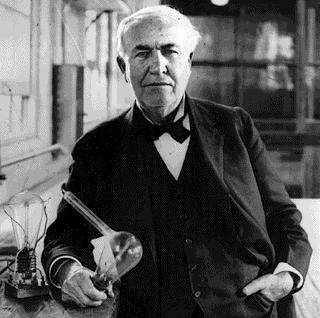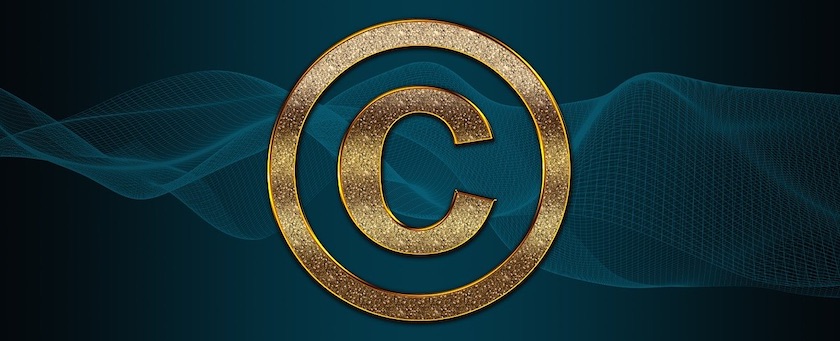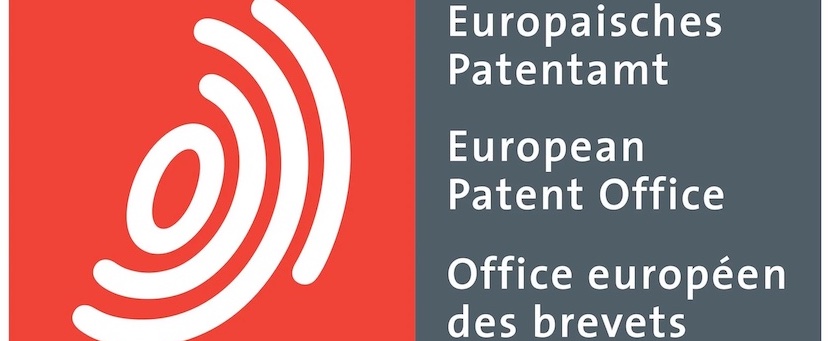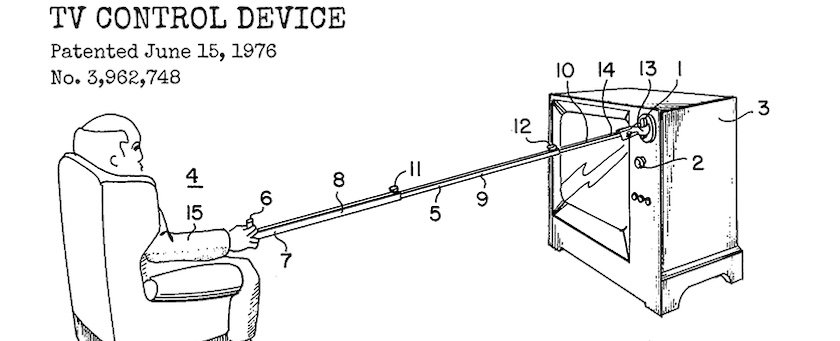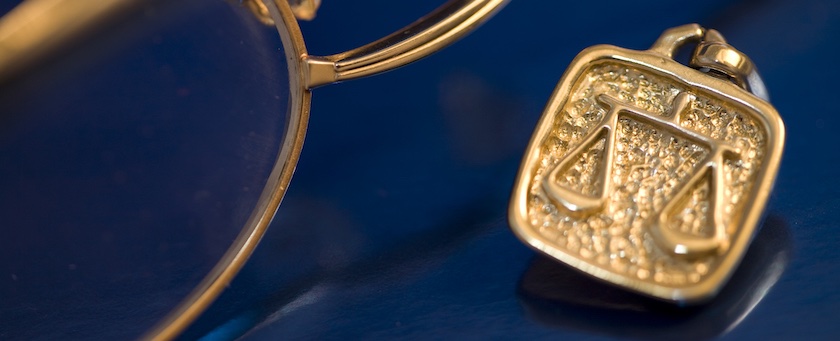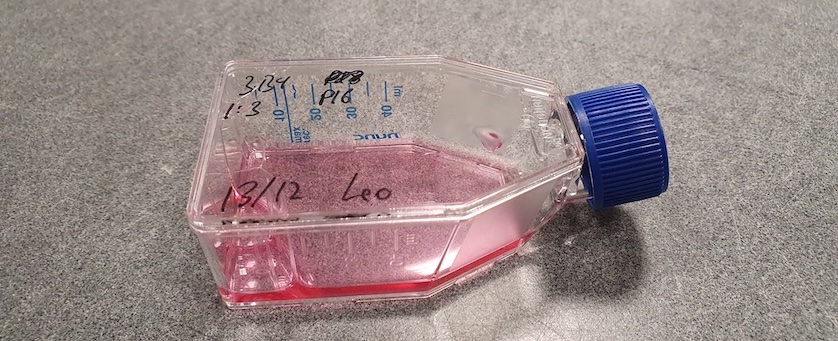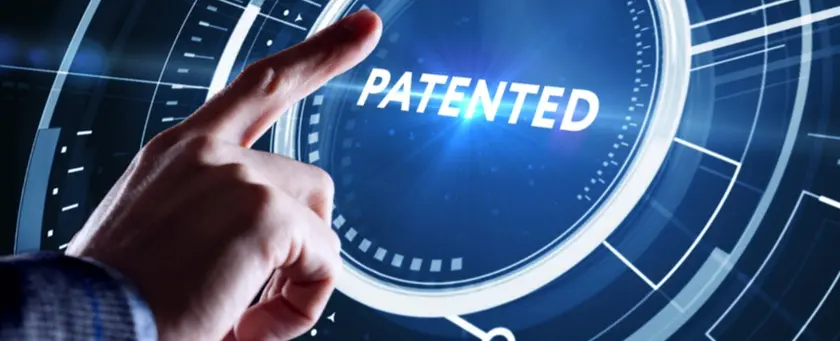Intellectual property (IP) is more than legal protection — it's the invisible infrastructure behind innovation. On
this page, you'll find stories and examples that show how IP plays out in the real world: from landmark lawsuits to
bizarre copyright claims, from smart protection strategies to unexpected legal pitfalls.
Whether you're dealing with patents, copyrights, design rights,
or trade secrets, these insights help you understand how IP shapes the way ideas are owned, valued,
and defended.
This tag covers content from multiple strategy categories (like valuation, startup, capital) — whenever IP plays a
central role in the story.
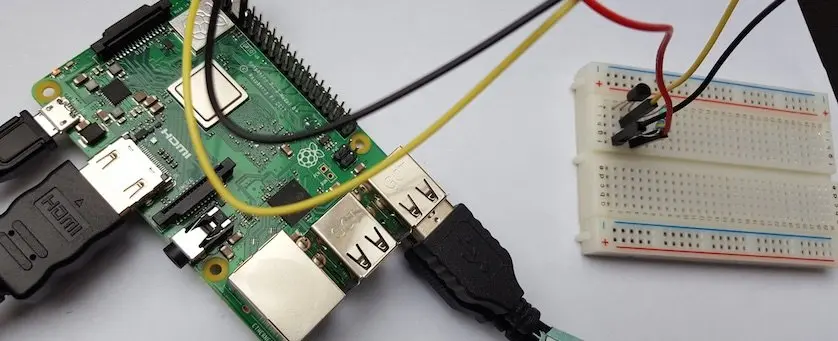
Applying for a patent can be a powerful way to protect your invention, but is it always the right choice?
Understanding the patent process, eligibility requirements, and potential drawbacks is crucial before making a
decision.
If you've developed an innovative product or technology, you're likely thinking about how to bring it to
market—whether by launching a startup, licensing your idea, or attracting investors. While patents can provide
exclusive rights and competitive advantages, they also require time, effort, and financial investment. In some
cases, alternative intellectual property strategies may be more effective.
Want to know if a patent is the right path for your innovation? Learn more about how to apply, when it makes sense,
and what to consider before filing.
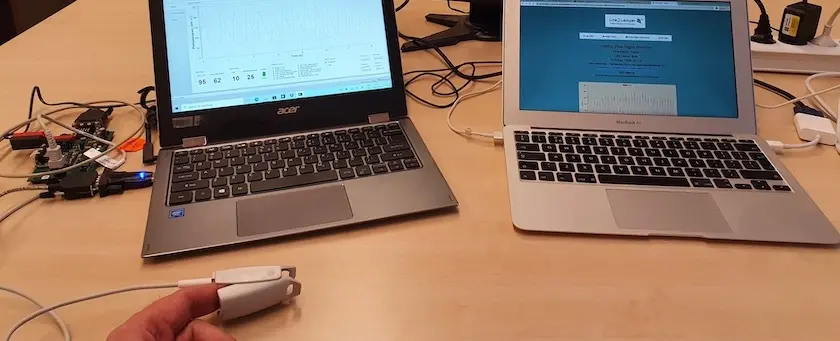
The longstanding dispute between Apple and the medical technology company Masimo
over a potential infringement by Apple on a Masimo patent, claiming that the patented technology is being used
in Apple Watches without permission. Why are these companies engaged in such a significant battle involving
their patents? It's expected that these watches, capable of measuring vital functions at home, will play a
crucial role in monitoring one's health without the need for a doctor and automatically transmitting medical
data to, for instance, a local healthcare center or a hospital. This kind of technology is anticipated to be
highly significant in the shift toward an enormous market...
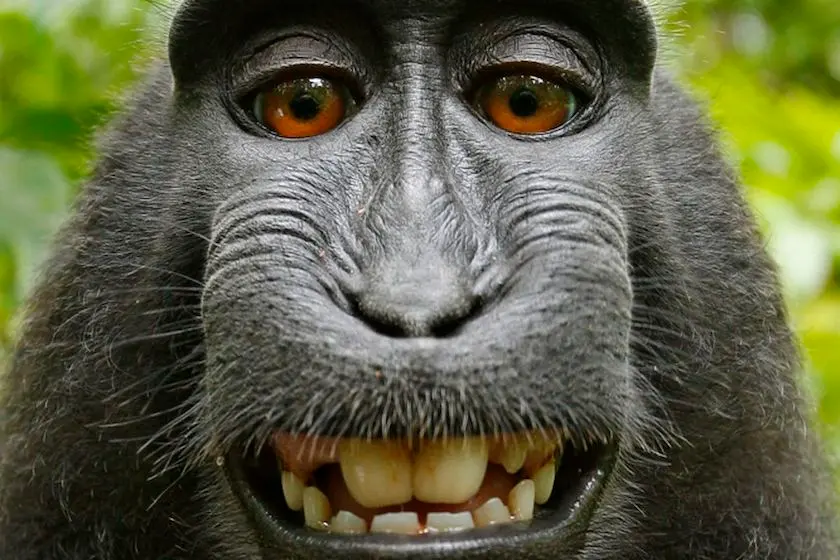
Is it possible for a monkey to obtain copyright on a selfie it took itself? Almost everyone who regularly surfs the
internet and social media has seen the above selfie of the monkey and had a good laugh about it. The creature had
grabbed someone's camera, put on its most charming smile, and taken the above photo. Nice story. But, as is often
the case with too good stories, it also went a bit differently in this case, and this monkey business also had a
legal sequel regarding the copyright on the selfie. Twice there have been lawsuits over the copyright of the
monkey's selfie. How does this work?...
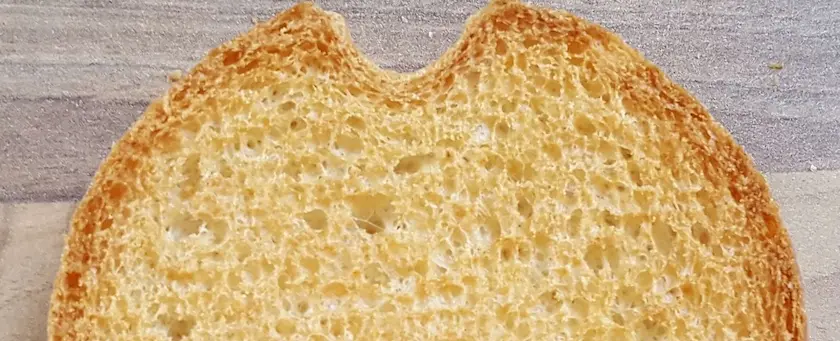
Several times, Theo Tempels, the inventor of the notch in the rusk, has faced legal challenges as companies
questioned the validity of his patent when they wanted to apply the notch in their products. The legal requirement
of inventiveness of the invention described in the patent, in particular, was also called into question. Yet again, the court ruled in favor of the
inventor....
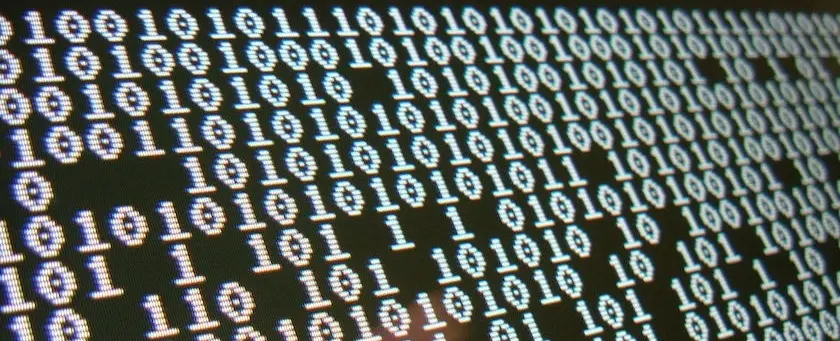
Bringing a disruptive idea to market, like Jan Sloot's extraordinary invention which is told in this page, involves both
incredible opportunities and significant risks. The Sloot story vividly illustrates the challenges of maintaining
secrecy while pursuing development and partnerships. From navigating confidentiality agreements to securing patents,
there are clear steps every inventor can take to avoid pitfalls and maximize their invention's value...

What began as a hugely successful collaboration between Philips and Douwe Egberts to revolutionize home coffee brewing
with the Senseo system, ended up in a costly patent dispute. Their attempt to patent the coffee pad design was revoked by the European
Patent Office due to a lack of novelty and inventiveness. This story offers a valuable lesson in intellectual property strategy—even
for major corporations.







